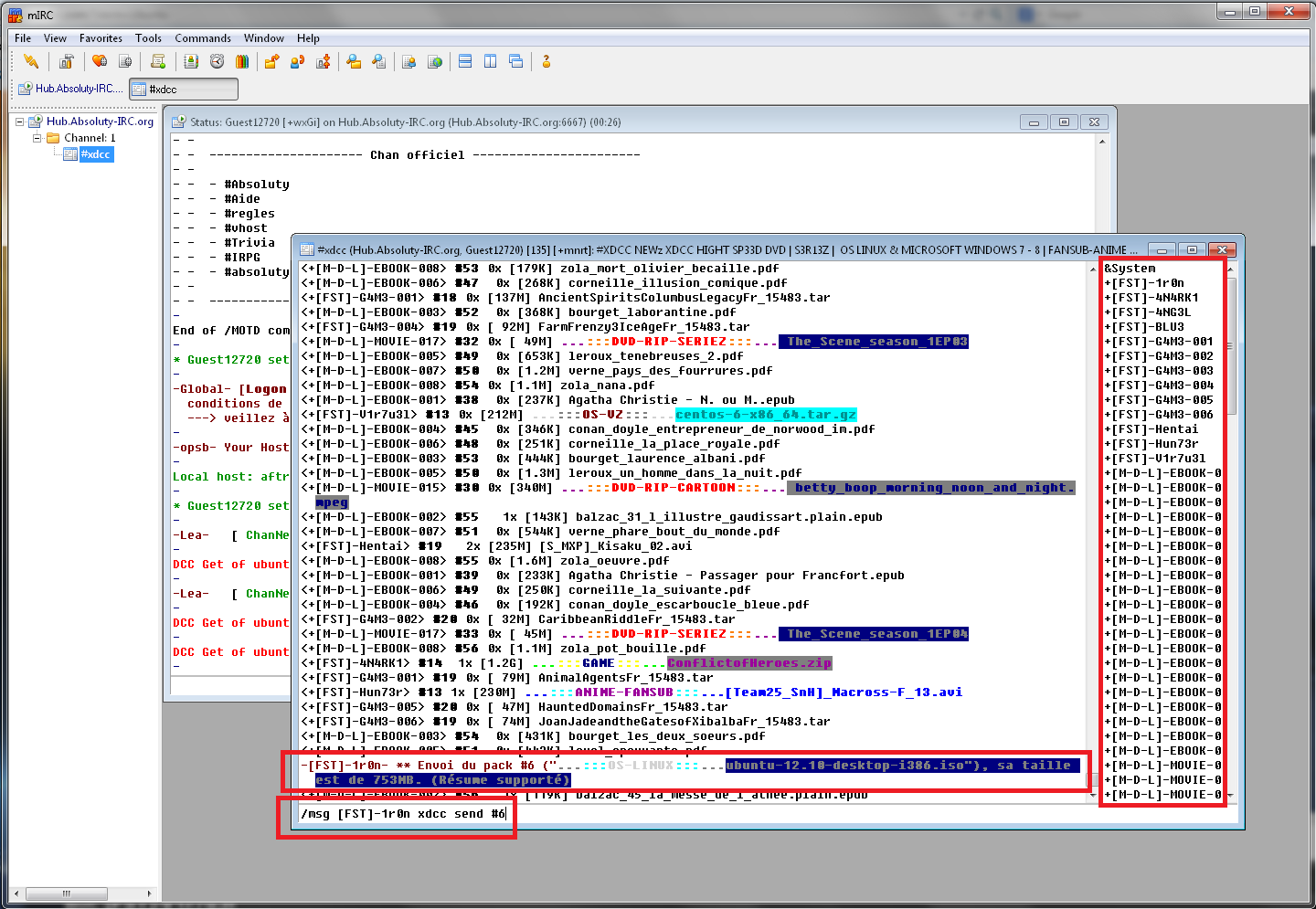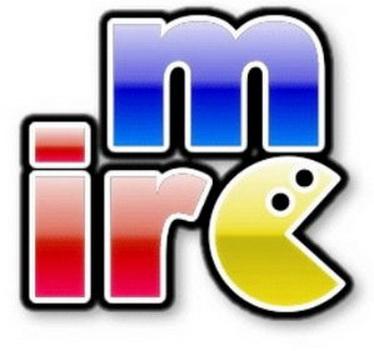

Reliable directories synchronization: Directories synchronization can be very handy in many situations, can be part of an automation pipeline, and can save you lots of time.Of course, WinSCP supports the main protocols, including SFTP (SSH File Transfer Protocol), FTP, SCP, WebDAV, and even Amazon S3. Lots of supported protocols: You may know that depending on the server you communicate with, it can support different types of protocols.High language support: No matter what language you are the most comfortable with, WinSCP supports many of them, from Arabic, Catalan, Chinese variations, Czech, English, Estonian, French, Greek, and lots lots more.You can open WinSCP using the shortcut, find WinSCP's options when right-clicking on a directory of files, configure drag&drop shell extension to improve the downloading process using drag&drop, and lots more. Easy integration with Windows: You have plenty of options to integrate WinSCP with Windows effortlessly.Handle all usual file operations: Because WinSCP is mighty, it obviously handles all the common operations with files, including navigating, uploading files, downloading files, managing sessions, editing/opening files, synchronizing local directory with remote one and vice versa, changing properties of remote files (permissions, ownership, etc.), renaming files, deleting files, moving and duplicating remote files, create files/directories/links/shortcuts, finding and locking files, as well as changing account password.This time, both your local and remote repositories are tabs, and you can view the repository tree on the left.

The second one is more similar to the Windows explorer you use on a daily basis. It displays your local files on the left and the server files on the right, and you can then drag&drop or perform operations on any side you want. The first one is the standard view that most file managers share. Handy user interface: WinSCP lets you choose among two interfaces during the installation process, you can change it later.


 0 kommentar(er)
0 kommentar(er)
